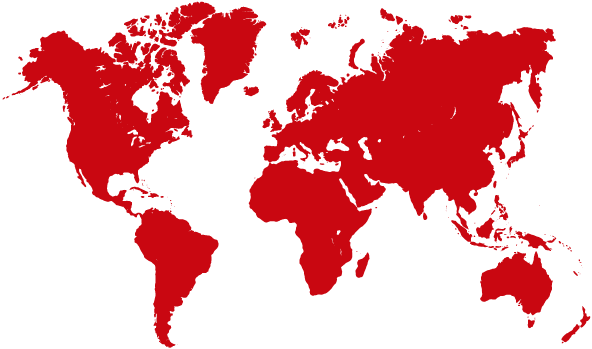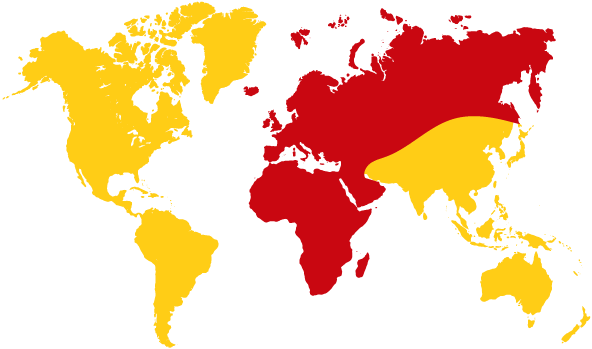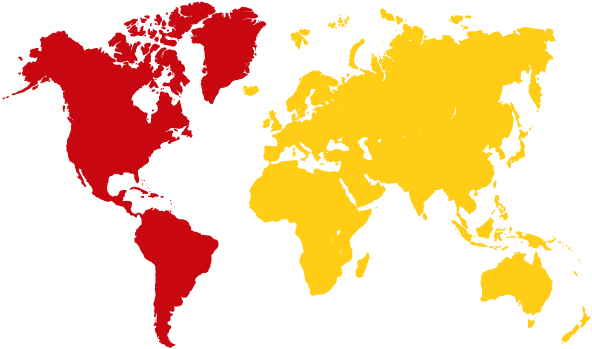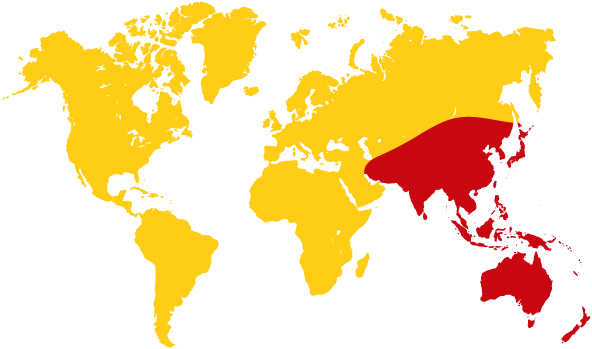Six people have been killed and more than 380,000 evacuated as Super Typhoon Nock-Ten (locally Nina) cut a path through the Philippines, with the Ham Radio Emergency (HERO) net activated in advance.
The Christmas Day disaster cut power to five provinces, downed trees, caused widespread damage, and dimmed the festive occasion in Asia’s largest Catholic nation.
The slow moving typhoon made landfall seven times from Sunday evening until noon on Monday. Jojo Vicencio DU1VHY says: “A truly commendable job was done by many radio amateurs who not only gave up their traditional Christmas activities, but some had to stop transmissions because they were in the storm path.”
In the Catanduanes were Sider DU4SLT of ARCC, Dexter DU4DXT and Joseph DV4PGS Joseph of ISLACOM, with other groups in Bicol and Samar-Leyte. All were on HF, and VHF communications were also active.
Jojo DU1VHY says as the typhoon first made landfall some network stations were off air, with weather reports for Catanduanes of sustained winds in excess of the 200kph mark.
Then gradually stations came back giving reports of the terrible damage that had occurred in their areas. As the typhoon swept along the Southern Tagalong areas it made landfall several times. Mannduque was badly hit too, as reported by HERO.
Jojo DU1VHY says: “It created a large swath of destruction and debris – uprooted and fallen trees and posts, landslides, impassable roads and other damage. Even our own HEROs were not spared.”
The reports were quickly gathered by the network and relayed to authorities, some tuned in to the HERO net themselves.
“The HEROs persisted. To get back on air, primarily to update the network of hams is truly admirable,” he said.
One such station when asked for his immediate needs after the typhoon had passed, replied simply that he was coping OK, and then gave accounts of what had happened.
Jojo DU1VHY says: “It has now become a reality that our emergency calling frequency is the most listened to during disaster. Government operators listened in, and some even revealed their presence.
“Armed Forces station Peacemaker in Catarman, for example, broke into the frequency looking for a counterpart station also in Northern Samar.
“An NDRRMC (National Disaster Risk Reduction and Management Council) volunteer operator made his presence felt saying they were also monitoring.”
The Office of Civil Defence (OCD) has two stations that constantly visited the HERO net. From Leyte to Quezon the HERO communications on 7.095 MHz never faltered.
Jojo DU1VHY says: “Thank you to all those who willingly parted with their Christmas time to be of service to others. We all must continue to hone our communications skills to meet and be prepared for the future.”
About 20 typhoons and storms lash the Philippines each year, with emergency communications to the community and other agencies provided by the HERO network.
- Jim Linton VK3PC, Chairman IARU Region 3 Disaster Communications Committee.



